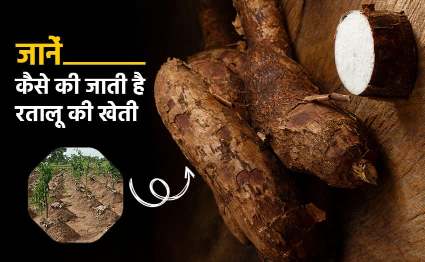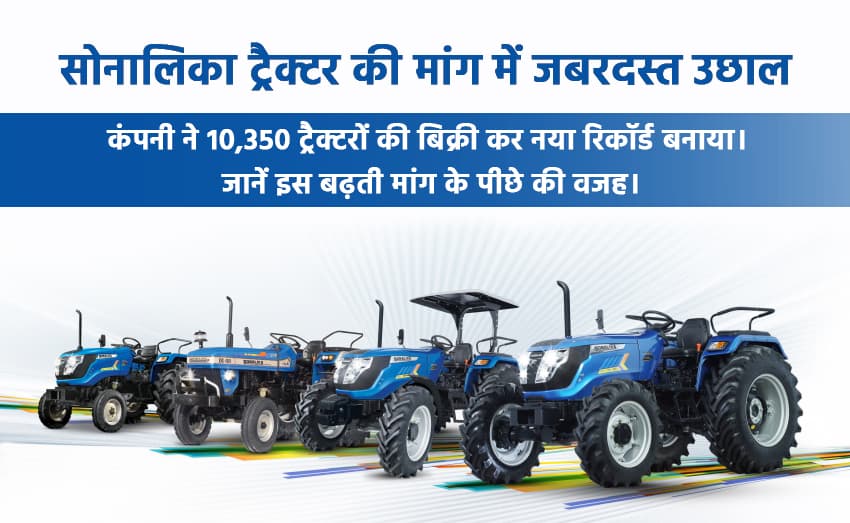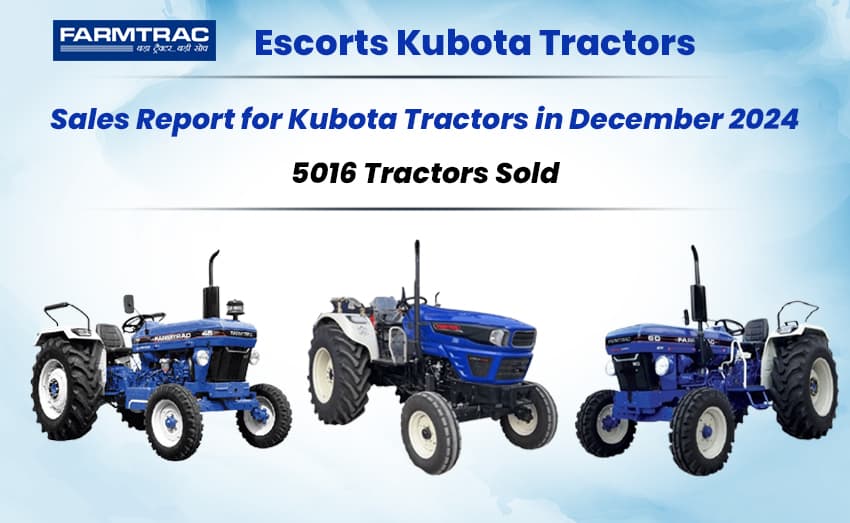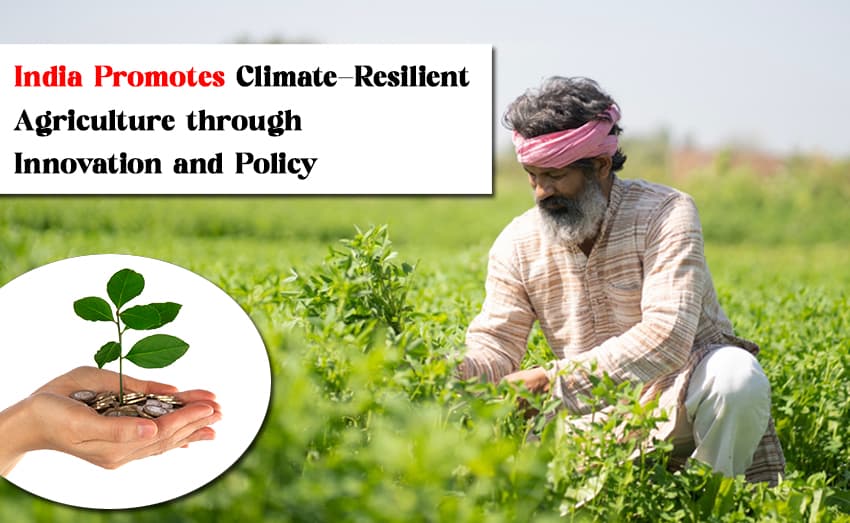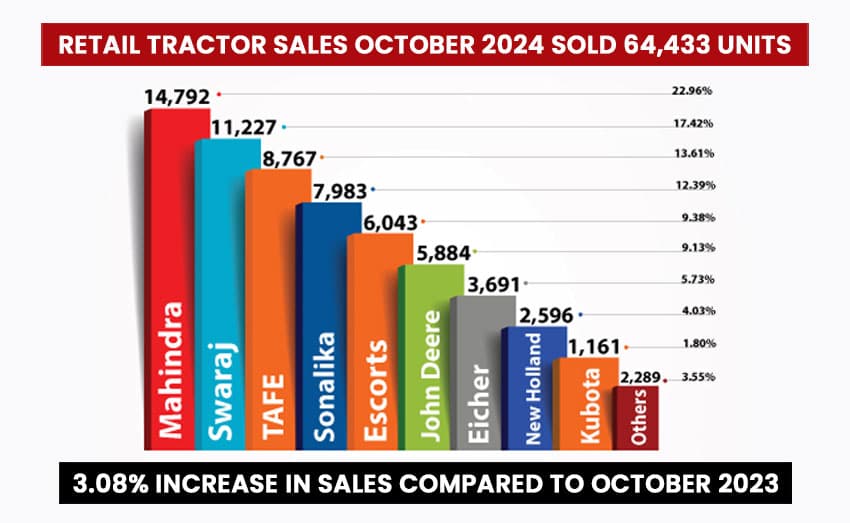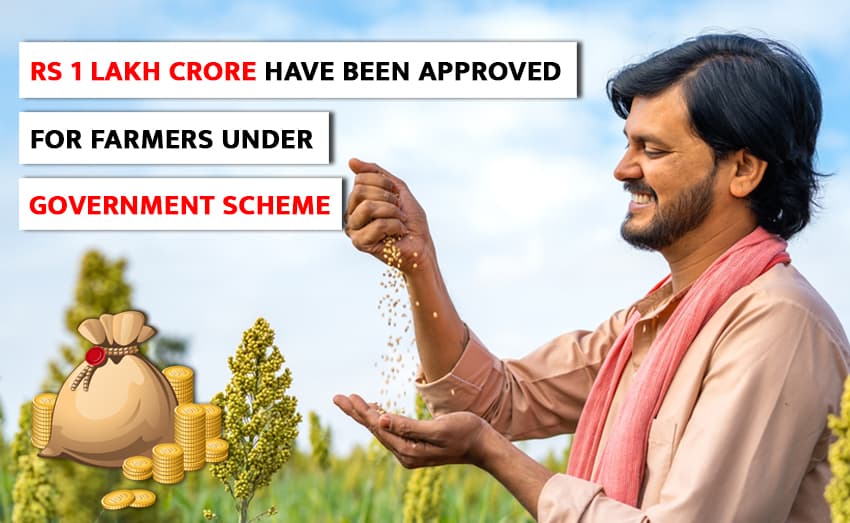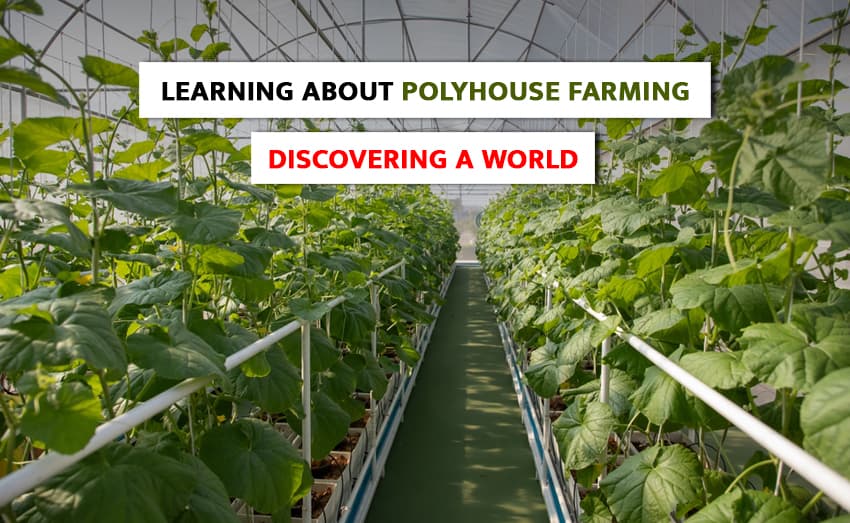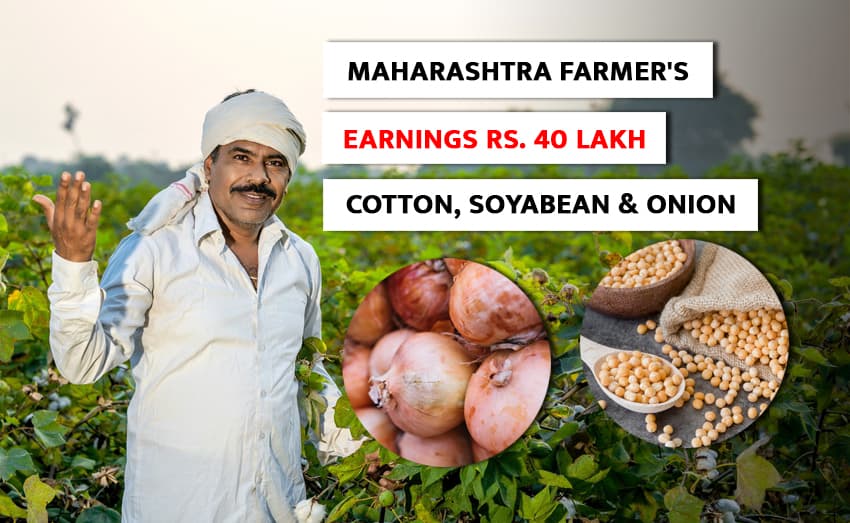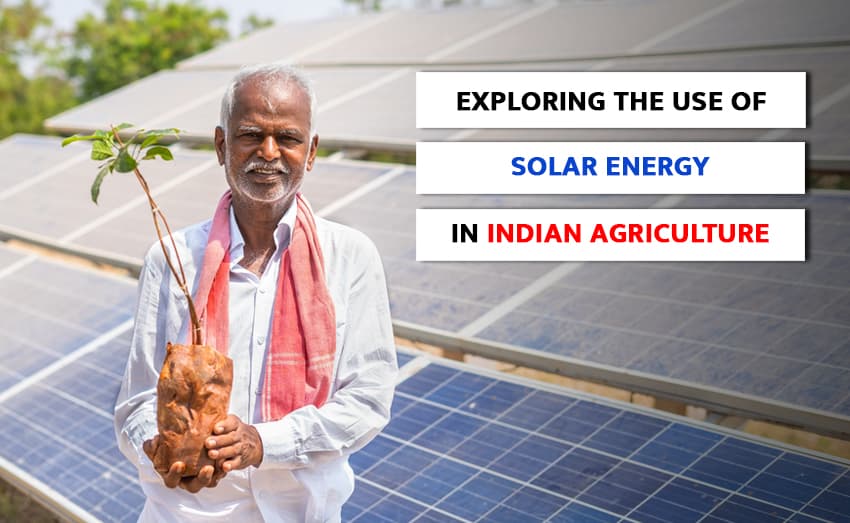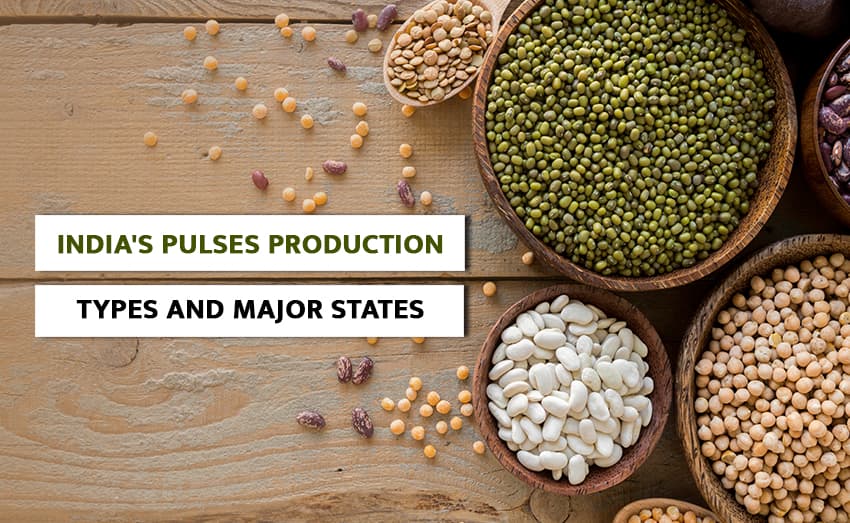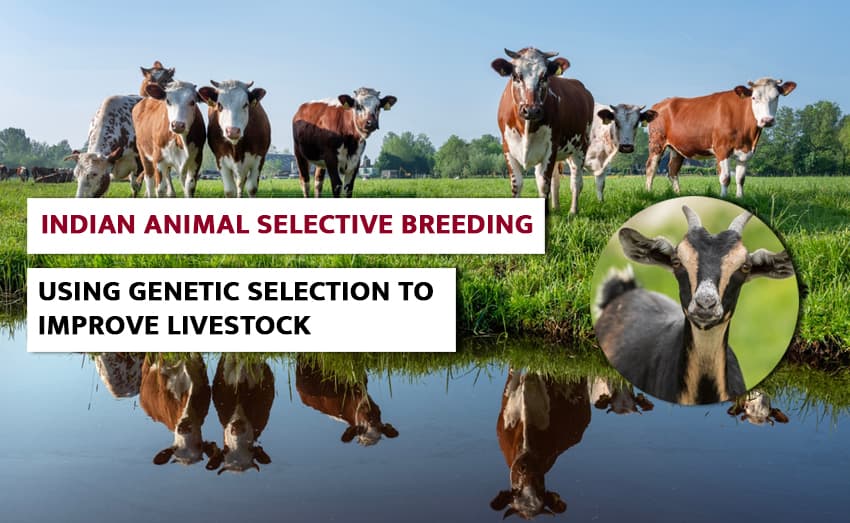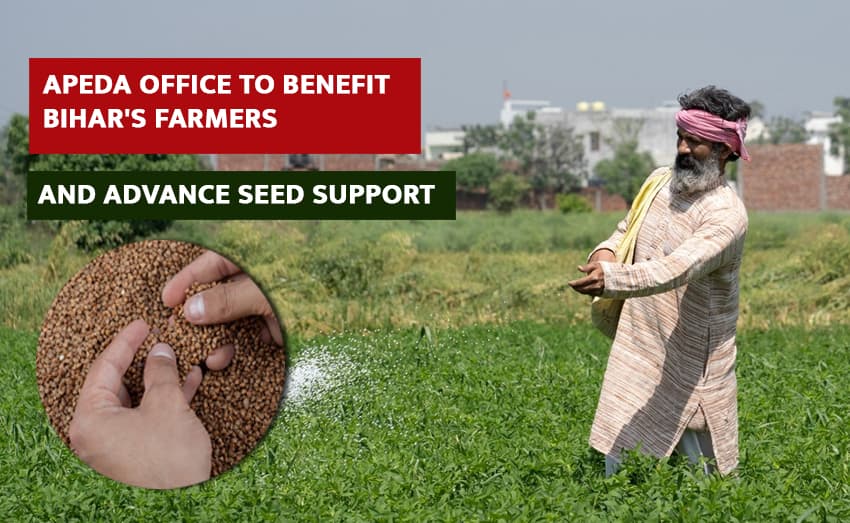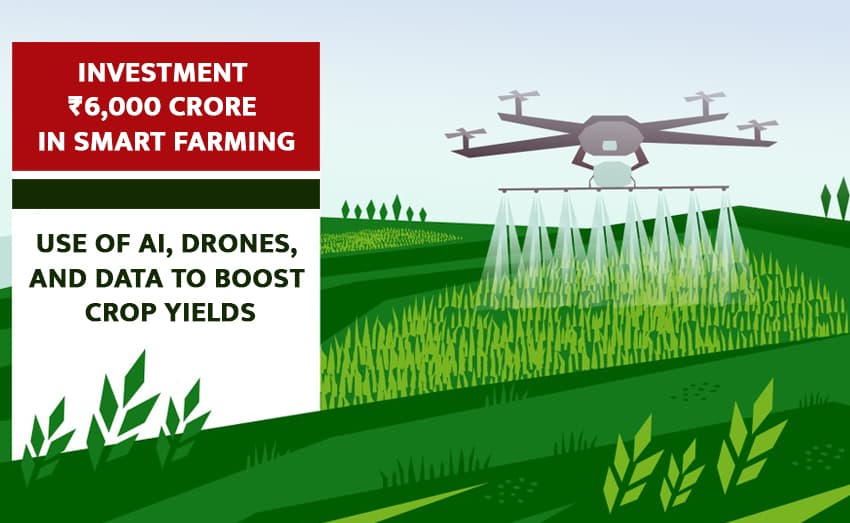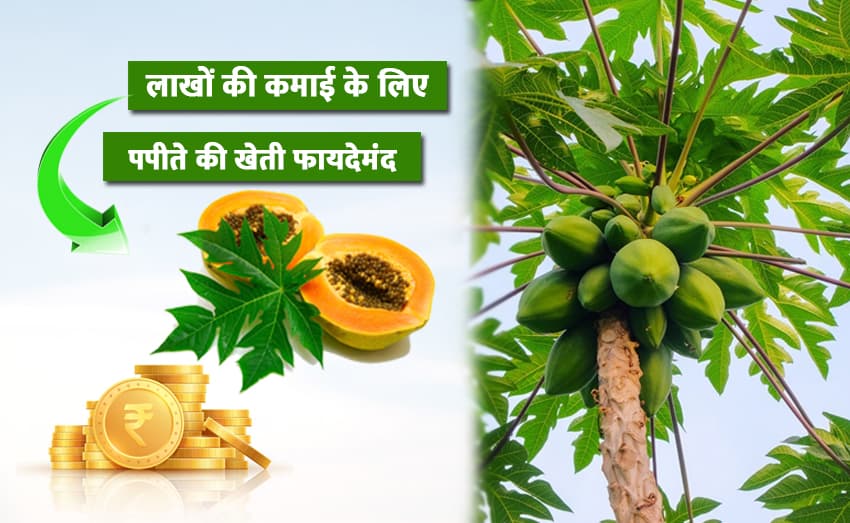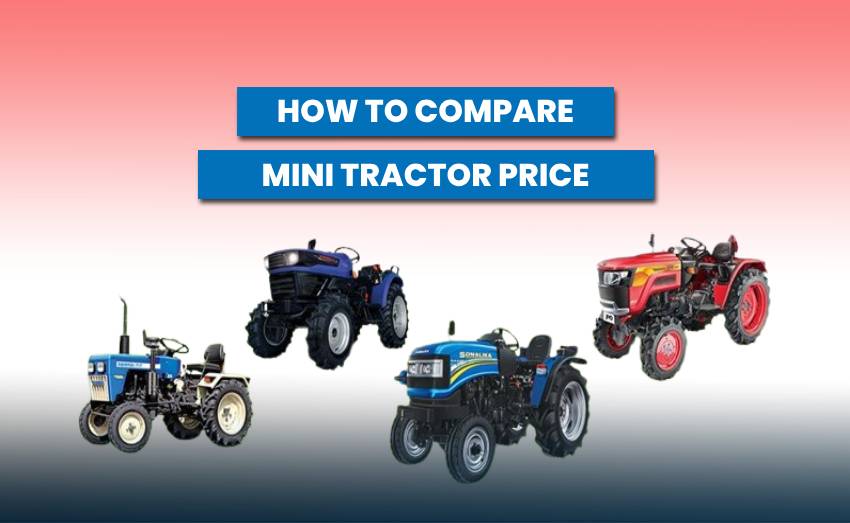Learn how to cultivate yams and how much money you can make from them.
Farmers are improving their revenue nowadays by producing profitable crops rather than traditional crops. These crops also include yam. Farmers who cultivate it can make a lot of money. Yam is a vegetable that grows underground and resembles Shankarkand. It can be cooked, boiled, roasted, fried, or baked. Yam, vegetables, chips, wafers, and other products are produced. Yam is mostly grown in Africa. However, it is currently grown in several Indian states. The majority of it is grown in the Mewar region. It is primarily grown by farmers in the villages along the banks of the Banas River in Rajsamand's Railmagara tehsil district. In Madhya Pradesh and Gujarat, there is a high need for yam. Its market pricing is also favourable. If the farmer so desires, he can get double benefits by cultivating it in the Rizke field. Please keep Rizka, also known as Lucerne, in mind. It's a kind of fodder crop. Today, in this Tractor Kharido post, we will show you how to cultivate yam and how much profit you can get from it. I'm providing you with this information.
Nutrients found in yam
Yam has a lot of nutrients. It contains vitamins C and B6, potassium, manganese, fibre, and other minerals. 110 grammes of yam contain around 118 calories. As a result, its consumption is said to be beneficial to one's health. It has 0.2 g of fat, 0 mg of cholesterol, 9 mg of sodium, 816 mg of potassium, 28 g of carbohydrate, 4.1 g of dietary fibre, 0.5 g of sugar, 1.5 g of protein, 138 IU of vitamin A, 17.1 mg of vitamin C, 17 mg of calcium, 0.5 mg of iron, 0.5 mg of vitamin D, 0.3 mg of vitamin B6, 0.3 mg of vitamin B12, and 21 ml of magnesium. A gramme exists.
How much does it cost to farm yams, and how much profit can be made?
One bigha of yam is estimated to cost around Rs 15,000 to sow. However, the profit is extremely good; the wholesale price of white yam is normally 15 to 20 rupees per kg, while the wholesale price of red yam is 30 to 40 rupees per kg. While its market price ranges from 60 to 70 rupees per kg. One acre yields approximately one tonne of produce. Farmers can earn lakhs of rupees through farming in such a setting.
Climate and soil conditions for yam and potato production
Yam cultivation is possible in warmer climates. Loamy soil is ideal for farming. This is why it is primarily grown along the Banas River's banks. Fertile, waterlogged terrain should be chosen for farming. Alkaline soil is unsuitable for agriculture.
Varieties for Yam Farming
A white yam and a red yam are the two types of yam. Please inform me that white yam is used in Indore's famed Garadu breakfast. Gujarat has the biggest demand for red yam. Ahmedabad, Vadodara, and Surat have the biggest need for it.
How to Prepare a Yam Field
Deep ploughing of the land should be done first while preparing the ground for yam cultivation. You can prepare the field well for this by ploughing it with a tractor, rotavator, or cultivator. After that, place dollys 50 cm apart in the field beds. Sow yam at a 30 cm distance on these pots. Take up to 50 grammes of yam and soak it in a 0.2 percent solution of Mancozeb medication for 5 minutes before sowing it. It takes 20 to 30 quintals of yam seed per hectare to plant it. Tell them that the upper half of the yam has the most yield.
Yam cultivation time
The best season for yam cultivation is from April through June. However, in many areas, farmers sow it in March, and the job of obtaining yam begins in November.
Manure and fertiliser are required for yam cultivation.
200 quintals of decaying cow dung manure should be applied per hectare during field preparation. Before creating dolis, 60 kg of phosphorus and 100 kg of potash should be added to the soil. Aside from that, 50 kg of nitrogen should be applied around the plant in two equal parts after two and three months of seeding.
Irrigation, weeding, and hoeing are all part of the yam farming process.
The first irrigation of yams should be done immediately after sowing. From sowing to preparation, it requires 15 to 25 irrigations. As a result, it should be irrigated on a regular basis as needed. Following hoeing, soil is offered. Weeding should also be done according to the requirements.
Yam Digging and Harvesting
The yam crop matures in 8 to 9 months. The yam plants are then dug up. According to estimates, it can produce between 250 and 400 quintals per acre.

